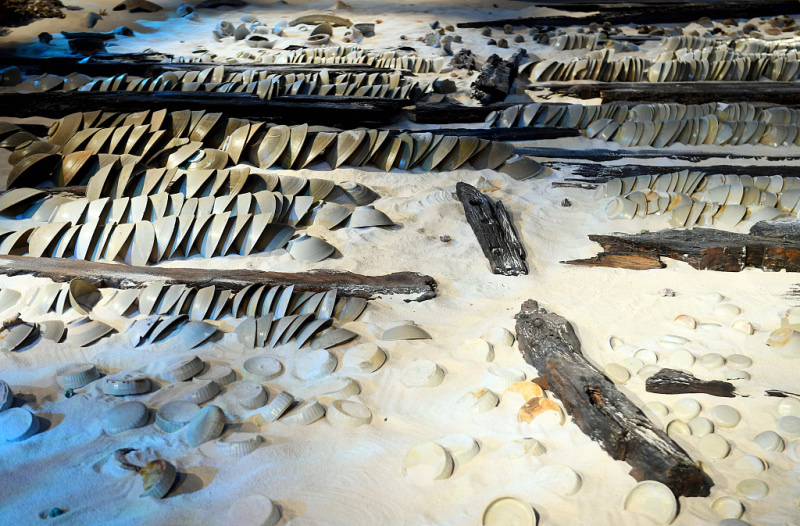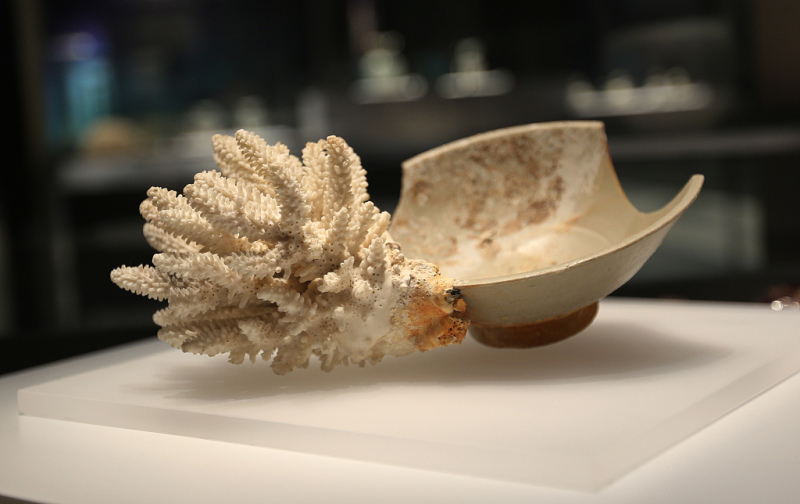In 1998, two Chinese underwater archaeology vessels set sail from Tanmen Port in Hainan, heading towards the Xisha Islands. In 1996, Chinese fishermen discovered traces of an ancient shipwreck at Huaguang Reef. Since then, the sunken ship had been looted multiple times, prompting archaeologists to conduct urgent preliminary excavations. This ship was later named Huaguangjiao One.
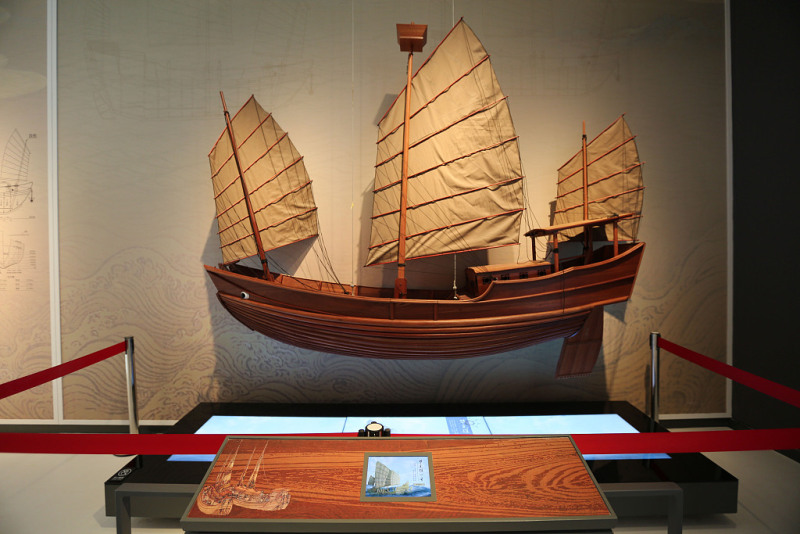
Upon diving into the water, the excavation team was astonished – it was the first time in China’s history that a six-tiered shipwreck had been discovered.
Approximately 80% of the porcelain on the ship originated from civilian kilns in Quanzhou, Fujian. Notably, one piece of porcelain had a clear inscription on the bottom indicating the Stem-Branch “Wang Wu Zai,” leading experts to speculate that the cargo likely belongs to the period of Emperor Gaozong of the Southern Song Dynasty. This flower-mouthed vase with a clear glaze and lotus patterns engraved on the abdomen bore a striking resemblance to vases unearthed in the Philippines. This suggested that such products were once exported to Southeast Asia.
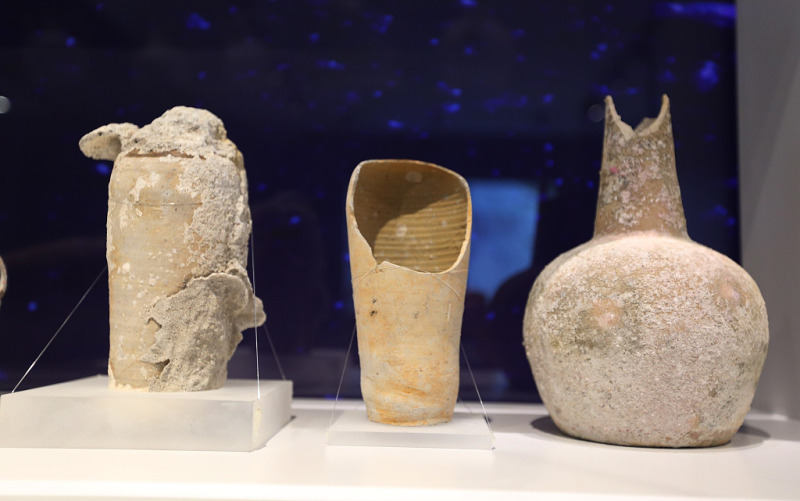
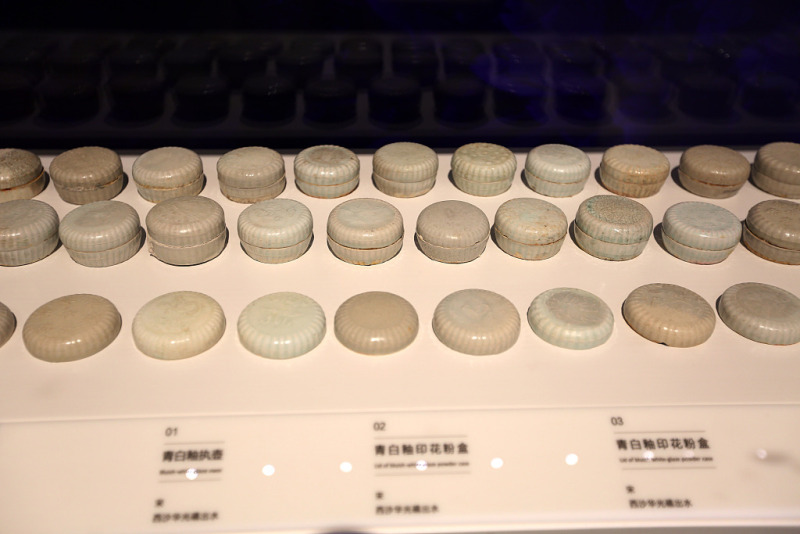
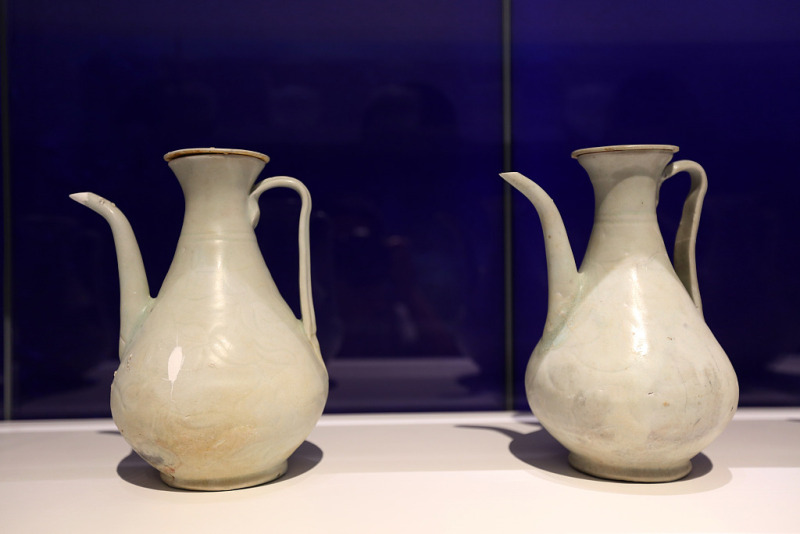
According to the information from the ship’s boards, Huaguangjiao One had a displacement of over 60 tons and was a sharp-bottomed seagoing ship constructed in Fujian. Its presence in the Xisha Islands indicated that it had once navigated the maritime Silk Road routes.
Through meticulous research and analysis, experts concluded that Huaguangjiao One was a Chinese sea-going merchant vessel engaged in long-distance trade, setting sail from Quanzhou Port in Fujian. With a history dating back 800 years, it stands as the first Song Dynasty (960-1279) ship salvaged from the South China Sea. This historic vessel not only documents the prosperous history of friendly exchanges with neighboring countries but also serves as valuable evidence for studying ancient China’s development in the South China Sea, shipbuilding techniques, and maritime trade.

